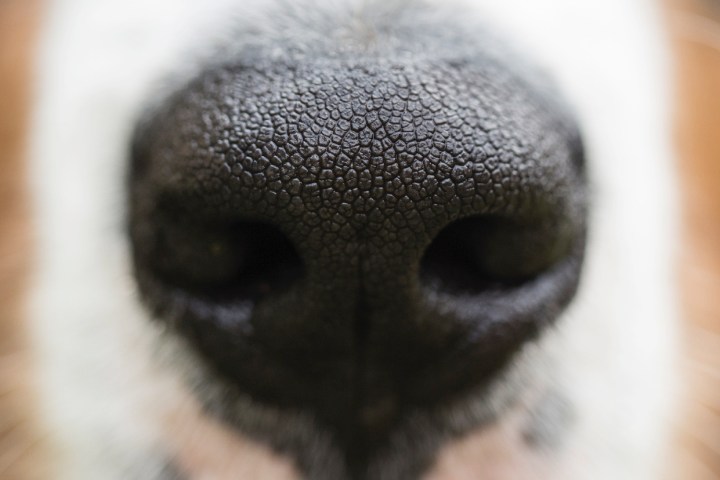
Researchers from the Gandia campus of the Polytechnic University of Valencia and the La Fe Health Investigation Institute in Spain have developed a prototype of this electronic nose, called Moosy 32 eNose, which is able to tell whether either of these two diseases is active with almost 90 percent accuracy. Unlike the invasive tests used to diagnose colon-related illnesses today, the eNose can offer answers within just three minutes.
The Moosy 32 eNose is comprised of a special sensor designed by the researchers, which is able to detect specific volatile organic compounds that act as diagnostic markers. In addition, they can be used to reveal the severity of a disease. An algorithm is then employed to turn the registering of specific whiffs into diagnoses.
“Volatile organic compounds are created by physiological processes of human metabolism and are expelled as waste through feces,” Dr. Pilar Nos, head of the Digestive System Medicine Department at La Fe hospital, said in a statement. “The concentration of these components can be a differentiating marker between certain bowel diseases, and their accurate detection by way of non-invasive devices such as the electronic nose would be a great step forward for the detection and monitoring of the evolution of these diseases.”
At present, the researchers have completed tests involving 445 different samples. However, there is still work to be done in improving the algorithm’s detection ability. The investigators behind the project also want to expand the number of “scents” the system is able to register to additionally include diagnosing prostate cancer — or even potentially detecting microbial contamination in water or the ripeness of fruit.
This isn’t the first time we’ve covered “electronic nose” devices which could be used to sniff out problems. Last year, Digital Trends wrote about a similar project in which Belgian scientists developed a method for detecting extremely low concentrations of chemicals like pesticides and nerve gas — even if it was the equivalent of a single drop of water in an Olympic-sized swimming pool.


